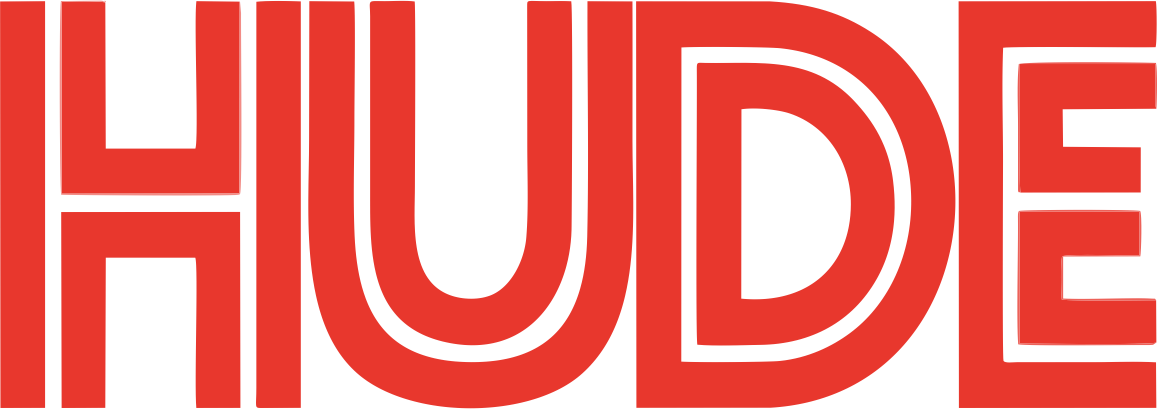News
Alternative Transport System: A Key to Africa’s Growth

Africa’s Transport Sector is one key determinant of either a growing or declining continent. Be that as it may, the sector has been at crossroads for so many years. The continent’s transport infrastructure is characterized by limited connectivity, high costs, and environmental degradation. Infact, according to Abdérahmane Berthé, Secretary General of the African Airlines Association, ‘although Africa is larger than Europe, its connectivity index is significantly lower’.
Africa’s transport systems which majorly consists of roads, railways, and waterways are often inadequate, inefficient and environmentally unsustainable, hindering growth and development. This is very much evident in some of the major cities of Africa, like Lagos Nigeria, where traffic congestions costs the people and economy so much loss and damage.
The World Economic Forum (WEF) stated in a report that poor roads, rail and maritime infrastructure adds 30-40% to the costs of goods traded among African countries, while the World Bank reports that Africa’s transport sector accounts for 20% of the continent’s greenhouse gas emissions, and as populations, economies, and the need for mobility grow, Greenhouse gas (GHG) emissions from transport could increase by as much as 60% by 2050 if left unchecked.
The need for alternative transport systems in Africa therefore cannot be overemphasized. Think of transport systems that can offer economic growth, environmental sustainability, improved connectivity and higher trade volumes to the continent; now that is the picture of what alternative transport systems in Africa can offer.
The first alternative option with such potential will be the Bus Rapid Transit (BRT) systems. It is commendable that this system is already gaining traction in African cities like Nairobi, Kenya, Lagos Nigeria, amongst others. This system reduces congestion and improves air quality. For instance, Lagos’ BRT systems has reduced travel times by 40% and increased passenger capacity by 20%. This is a significant step towards addressing the continent’s transport challenges. The World Bank is providing financial or technical assistance to eight of these projects, including Abidjan, Dakar, Dar es Salaam (phases 3 & 4), Douala, Kampala, Kumasi, Maputo, and Ouagadougou.
Another worthy alternative gaining momentum is the rail transport system. Uganda has recently reported a $3 billion Investment in a new railway system, which is expected to increase transport efficiency and reduce costs. Similarly, Kenya’s Standard Gauge Railway has reduced transport costs by 40% and increased trade volumes. Lagos Nigeria has also seen a viable option with rail transport with the refurbishing of it’s railways. Rail transport offers a valuable solution for long and short distance transport, and it’s benefits extend beyond economic gains. It also reduces carbon emissions, contributing to a more sustainable future.
In addition to rail transport, inland waterways offer a viable and sustainable option to traditional transport modes in Africa. The African Union’s Agenda 2063 emphasizes the development of inland waterways to enhance regional connectivity. Inland waterways can reduce transport costs, promote trade volumes, and improve regional integration.
Furthermore, green transport solutions such as electric vehicles and non-motorized transport are gaining slow traction in the continent. The United Nations Environmental Program (UNEP) promotes sustainable transport solutions, including electric buses and cycling infrastructure. As the continent continues to grow and develop, alternative transport systems will play a vital role in connecting Africa’s regions.
For instance, the development of inland waterways can facilitate trade between landlocked countries and coastal regions. Air connectivity is another vital key for trade and development, business and tourism in the continent. Similarly, rail transport can connect East Africa to West Africa, promoting regional trade and economic integration. BRT systems can improve urban mobility, reducing congestion and improving air quality. Moreover, green transport solutions can reduce carbon emissions, contributing to a more sustainable future.
The impact of alternative transport systems on regional connectivity and economic growth cannot be overstated. According to the African Development Bank, every dollar invested in transport infrastructure generates a return of $3 in economic growth. Furthermore, the World Bank estimates that improving transport infrastructure can increase trade volumes by up to 30%. By investing in alternative transport systems, Africa can unlock its growth potential, promoting regional integration and economic development.
In conclusion, it is imperative to focus more attention and resources to build on existing, and introduce new transport systems in Africa, as they are crucial for the continent’s growth and development. BRT systems, rail transport, inland waterways, and green transport solutions offer sustainable alternatives to traditional transportation modes. By reducing transportation costs, increasing trade volumes, and promoting regional integration, alternative transport systems can connect Africa’s regions and unlock its growth potential.













